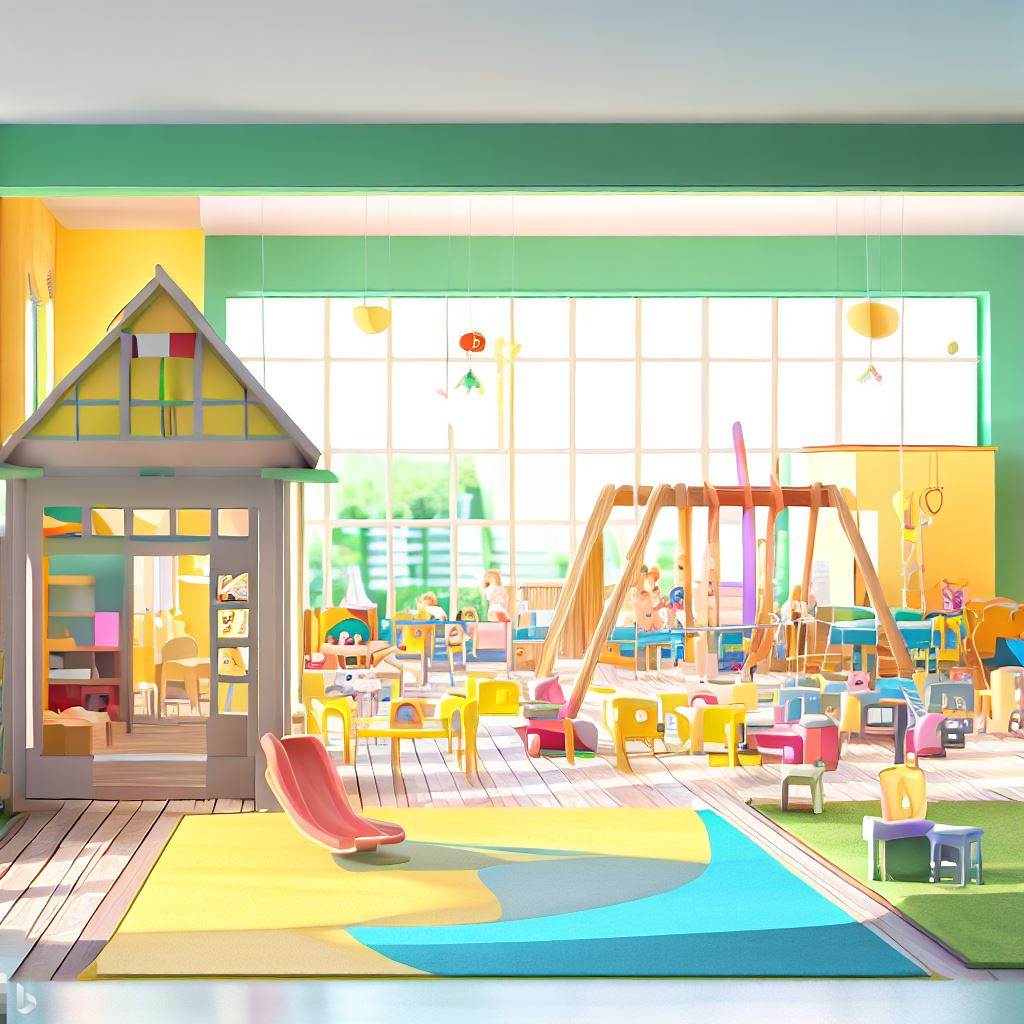Daycare infrastructure costs are a major factor influencing overall daycare fees. These expenses cover the physical facilities, including classrooms, play areas, safety equipment, and learning materials. High-quality infrastructure requires investment in child-friendly furniture, safe playgrounds, and modern educational tools. Daycares must also comply with safety standards, which involve regular maintenance, fire safety systems, and security measures such as CCTV and secure entry points. Facilities with well-designed spaces for learning, eating, and resting enhance children’s experience but increase operational costs. For example, maintaining an outdoor play area with safe surfaces and age-appropriate equipment can be costly but is essential for children’s physical development. Understanding these costs helps parents appreciate why daycare fees reflect the quality and safety of the environment provided for their children.
Investing in quality infrastructure benefits both parents and children by creating a safe, comfortable, and stimulating environment. For children, well-designed spaces support physical, cognitive, and social development. Classrooms equipped with age-appropriate furniture, learning materials, and sensory tools enhance their educational experience. Safe play areas encourage physical activity and social interaction, promoting overall well-being. For parents, knowing their children are in a secure, clean, and enriching environment provides peace of mind. Features like secure entry points, surveillance systems, and emergency preparedness measures ensure safety. Additionally, modern facilities that comply with health and safety regulations reduce the risk of injuries or illnesses. While daycare infrastructure costs contribute to higher daycare fees, the benefits of a safe and enriching environment make it a worthwhile investment for families seeking quality childcare.
Daycares with quality infrastructure can provide better services and meet children’s needs more effectively. Well-maintained facilities offer spaces that are conducive to learning, play, and rest. Dedicated learning areas with educational tools and materials support early childhood education, helping children develop essential skills. Safe and engaging outdoor spaces encourage physical activity, which is vital for children’s growth and health. Infrastructure that includes safety features such as fire exits, first aid stations, and secure play equipment ensures children’s safety throughout the day. Additionally, clean and hygienic facilities help prevent the spread of illness, ensuring consistent care. Investing in quality infrastructure also allows daycares to accommodate children with special needs by providing accessible facilities and adaptive equipment. These factors contribute to a supportive environment where children can thrive, justifying the associated daycare costs.
Daycares that invest in quality infrastructure gain a competitive edge by offering superior facilities that attract parents. Modern, well-maintained spaces with safety features, educational resources, and engaging play areas set these daycares apart from competitors. Parents are more likely to choose centers that provide secure environments, clean facilities, and stimulating learning spaces. Highlighting infrastructure investments, such as secure entry systems, surveillance cameras, and specialized learning areas, can build trust and confidence among parents. Additionally, quality infrastructure supports staff efficiency and satisfaction, as organized and well-equipped spaces make it easier to deliver high-quality care. By showcasing their commitment to maintaining top-notch facilities, daycares can justify higher fees, attract more families, and build a strong reputation for excellence in childcare services.
Daycare infrastructure costs are vital for creating safe, engaging, and nurturing environments. While these costs increase daycare fees, the benefits of quality facilities—such as safety, comfort, and educational enrichment—make them invaluable. Choosing a daycare with quality infrastructure ensures children receive the best care and learning experiences.





